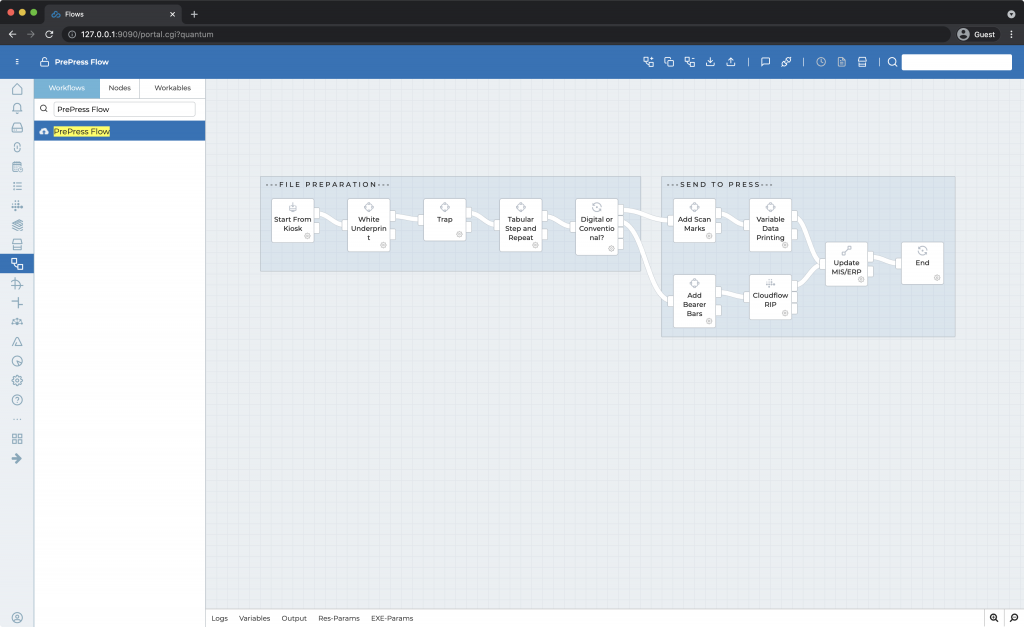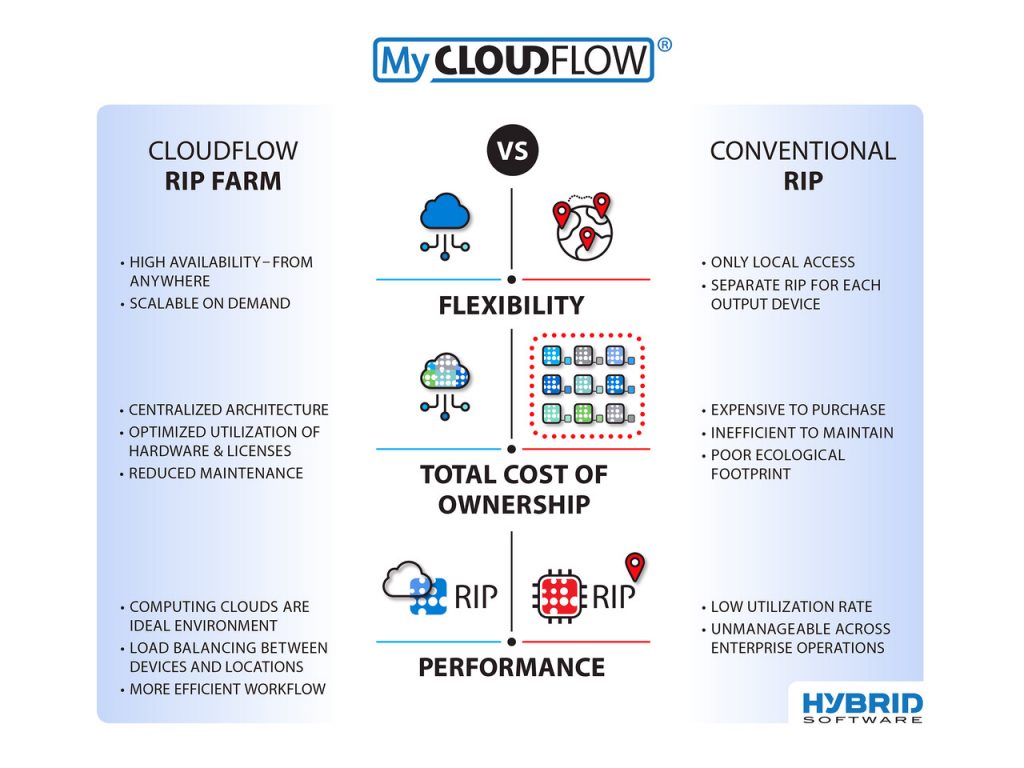How important are the correct software and workflow tools to modern day printing environments?
At a high level the printing process can have many moving parts, starting upstream with project management (colour consistency, brand management). Next might be viewed as a service (prepress, approval & collaboration, web2print, artwork hosting). And finally the production, manufacturing & delivery process itself (large volume traditional printing, shipping). It’s no secret Industry 4.0 brings all of these processes in much closer proximity with the ‘Industrial Internet Of Things’ that can allow them to work together as highly efficient unit; and live up to the ever growing demand of increased speed to market. The problem with any process that has moving parts is ensuring they are communicating correctly, and consistently. This is why it’s vital to use the correct tools for the job, in this case prepress editing tools and workflow solutions, that can communicate with MIS/ERPs, manage approvals and asset management, and prepare and drive the digital files for printing whether digital or conventional.
How have these technologies advanced over the last 10 years, and how will they develop in the future?
The landscape has evolved in recent times: more and more software is moving from physical to virtual environments, and moved from being hosted on premises to Cloud hosting, or a combination of the both. This overcomes many challenges business owners face when tackling failover and redundancy. Looking forward we see print professionals utilising the power of a centralised processing cluster that’s available from anywhere, anytime without constraint, thus removing the need to invest in site specific software that is locked to a certain location. In the past decade there has also been an understanding for the need of non-proprietary file formats, and software that communicates openly with one another. At HYBRID software we’re a firm believer of the PDF 2.0 standard, which our PACKZ PDF editor fully supports without need for conversion. Our web based workflow engine CLOUDFLOW also communicates using open and widely adopted protocols and has a rich API to facilitate the interconnectivity described by Industry 4.0.
What role has COVID-19 played in reiterating and confirming the importance of workflow and software?
COVID-19 has been a driver for advancement of many emerging technologies, while expediting the growth and maturity of existing technologies. The main area of advancement has been in the realms of remote access. How can an employee do their job if they’re at home? Simple, identify tasks performed by employees and look how these can be improved or automated using workflow software and applications. Not everything can be automated, so it’s important to have the access to the tools you need from where you are, that’s where CLOUDFLOW’s web accessible architecture shines through.

What are HYBRID Software’s latest and greatest products and developments in the area of workflow and software?
CLOUDFLOW is HYBRID Software’s modular server solution, which is continually growing and advancing its product range. Recently we have released quite a few interesting products (or modules) to the market. Intelligent Flexo is our surface screening module for improving Flexo quality, by allowing prepress providers, tradeshops and printers to apply micro cell patterns to their RIPped data. The unique points to note are that Intelligent Flexo is an agnostic and flexible solution, meaning you can create your own custom patterns and apply these to any TIFF/LEN and send them to any imager for processing.

CLOUDFLOW RIP Farm
In a similar area of interest our CLOUDFLOW RIP Farm is a clustered set of individual RIPs that are all hosted in the cloud. This is a real revolution for multi-site businesses who no longer want to invest in costly RIP software that can only be used locally per site. It also circumvents the bottleneck of high volumes of production not being easily load balanced evenly across other more capable sites. Last but not least is our Proofscope, which is an online collaboration and approval that has some great new inspection functionality, known as ‘LRM’ or Live Render Mode. Those viewing files with LRM can now interact with files on a new level, zooming deeply into small regions to inspect the quality of the file, and also toggling layers to hide obstructing content.


